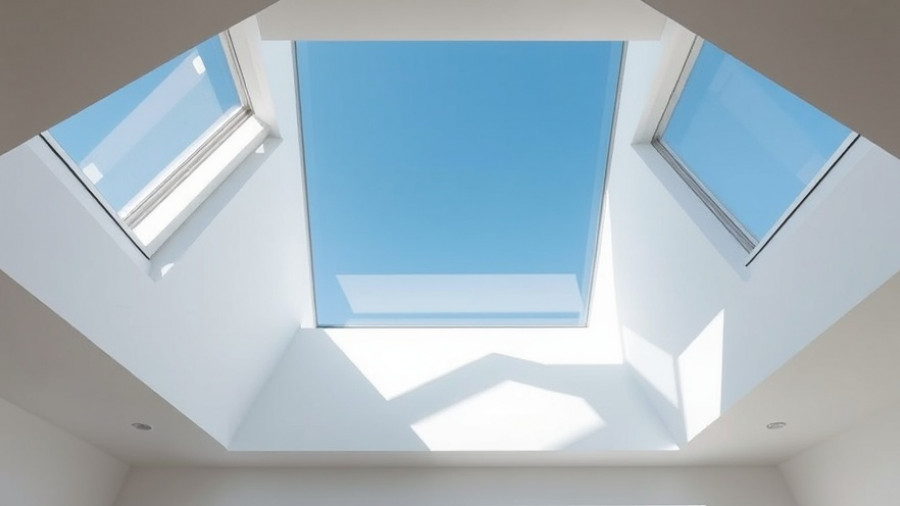
Why Whole House Water Filters Are Essential for Modern Homes
In a world where convenience often takes precedence, the safety and quality of our water can easily be overlooked. When you think about your home's plumbing, consider this: just because the water runs clear does not mean it's clean. Across many homes, water contains a cocktail of chlorine, sediment, bacteria, and other unseen dangers that can threaten your family's health and affect your everyday life. That's where the notion of a whole house water filter comes into play.
Transforming Water Quality: A Lifestyle Upgrade
A whole house water filter is more than just a useful appliance; it represents a significant upgrade in lifestyle. This system empowers homeowners to take command of water quality flowing from every tap, shower, or appliance. Rather than merely depending on municipal regulations, it's essential to recognize that these standards are often only aimed at keeping water safe from pathogens, not ensuring it's enjoyable or beneficial for daily use.
Many people don’t think twice about their tap water unless it tastes or smells questionable. However, research suggests that water falling within regulatory guidelines can still contain harmful substances that impact both health and home appliances. For older homes, leachates from ageing pipes can introduce sediment, rust, or even heavy metals, while homes serviced by private or rural water sources may be vulnerable to contaminants like nitrates and pesticides.
Filtering Beyond Taste: Diversifying Water Uses
It's a common misconception that only drinking water needs to be safe and clean. The truth is that all water in your home deserves filtration. Why limit your focus to just one faucet when your entire home could benefit? A whole house water filter treats water at the main line, ensuring that every drop that flows into your home is as clean as it can be.
Imagine a home where each faucet delivers freshly filtered water, allowing your appliances to operate efficiently and your skin to feel soft and nurtured. This sort of transformation is entirely possible with a whole house water filtration system. You’re not just investing in hardware; you’re choosing a healthier, happier lifestyle.
The Different Types of Water Filtration Systems
Choosing the appropriate filtration system for your home is crucial and should reflect the specific needs of your household. Here are some common types of whole house water filtration systems you might consider:
- Sediment Filters: These trap rust, dirt, and other particles that can clog and damage plumbing over time, especially in older properties.
- Activated Carbon Filters: Ideal for homes with municipal water supply; these reduce chlorine levels and greatly improve the taste and smell of your water.
- Catalytic Carbon Filters: More advanced than standard carbon filters, these eliminate chloramines and volatile organic compounds (VOCs) that can be overlooked.
- UV Filters: Utilizing ultraviolet light, these systems effectively neutralize harmful bacteria without introducing chemicals into your water.
Making the Change: Benefits of Whole House Water Filtration
Adopting a whole house water filtration system not only enhances health and safety but also provides unique benefits that can improve everyday life:
- Improves Skin Health: Filtered water helps reduce skin irritations caused by chlorine and other unwanted chemicals.
- Longer-lasting Appliances: Cleaner water leads to less wear and tear on washing machines, dishwashers, and other devices.
- Less Waste: Investing in filtration systems reduces the reliance on bottled water, contributing positively to sustainable living efforts.
- Peace of Mind: Knowing that you have quality water coming into your home provides confidence in your everyday health choices.
Thinking Forward: Water Quality as an Investment
Considering the evolving standards of water safety, investing in a whole house water filter is a proactive step toward safeguarding not just your health but also the very essence of your home. It’s about more than just drinking water; it’s about the entire environment that water touches—from your skin to your appliances and everything in between.
As a tech-savvy homeowner, you can harness modern filtration solutions to ensure that your living space supports not only your personal health but aligns with your values of sustainability and eco-friendly choices. Understanding the implications of water quality goes beyond a simple household choice—it shapes the quality of your lifestyle.
Join the Movement for Cleaner Water
Ready to transform the quality of water in your home? Delve into your options today and reconsider how your household approaches water safety. Just think—what would a more vibrant, refreshing lifestyle feel like with every tap flowing with water you can trust? Take that first step toward a healthier home today!
 Add Row
Add Row  Add
Add 




Write A Comment